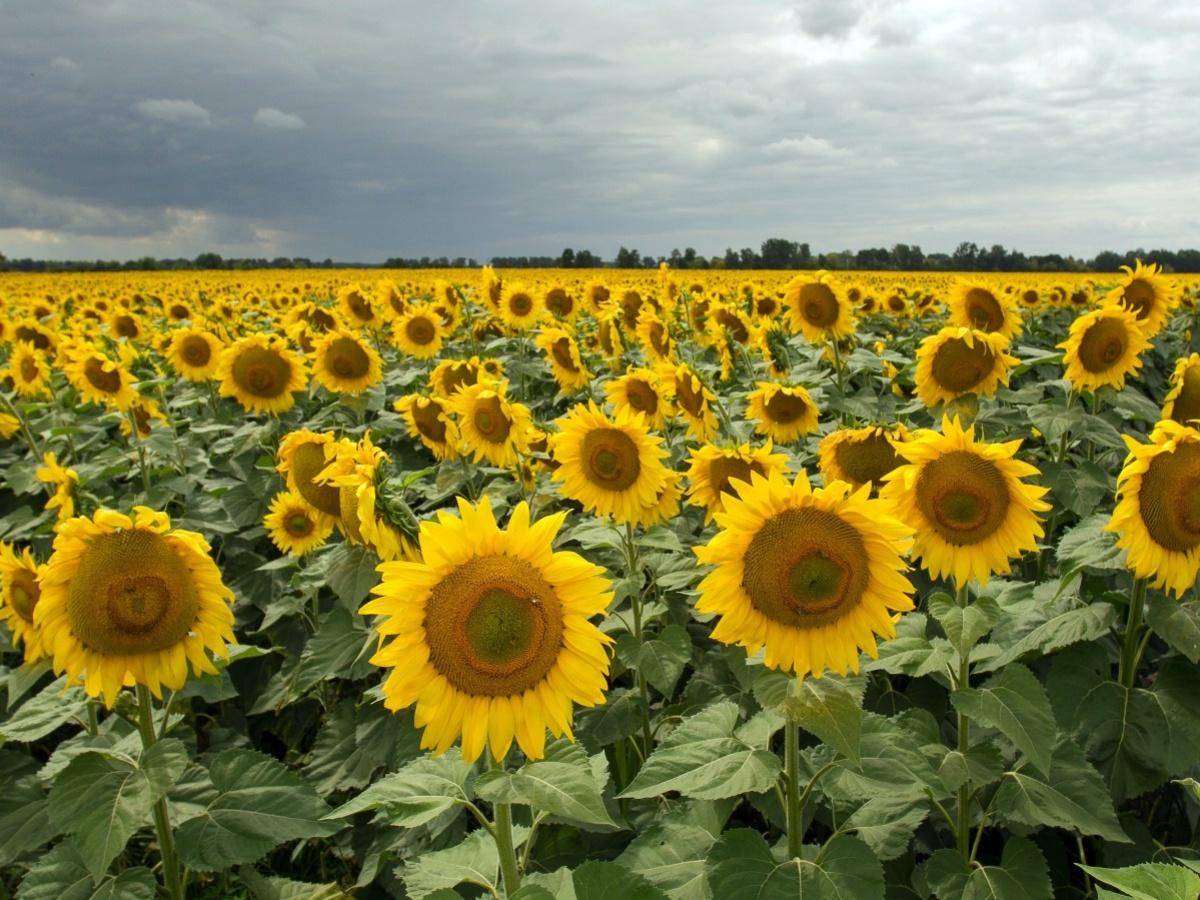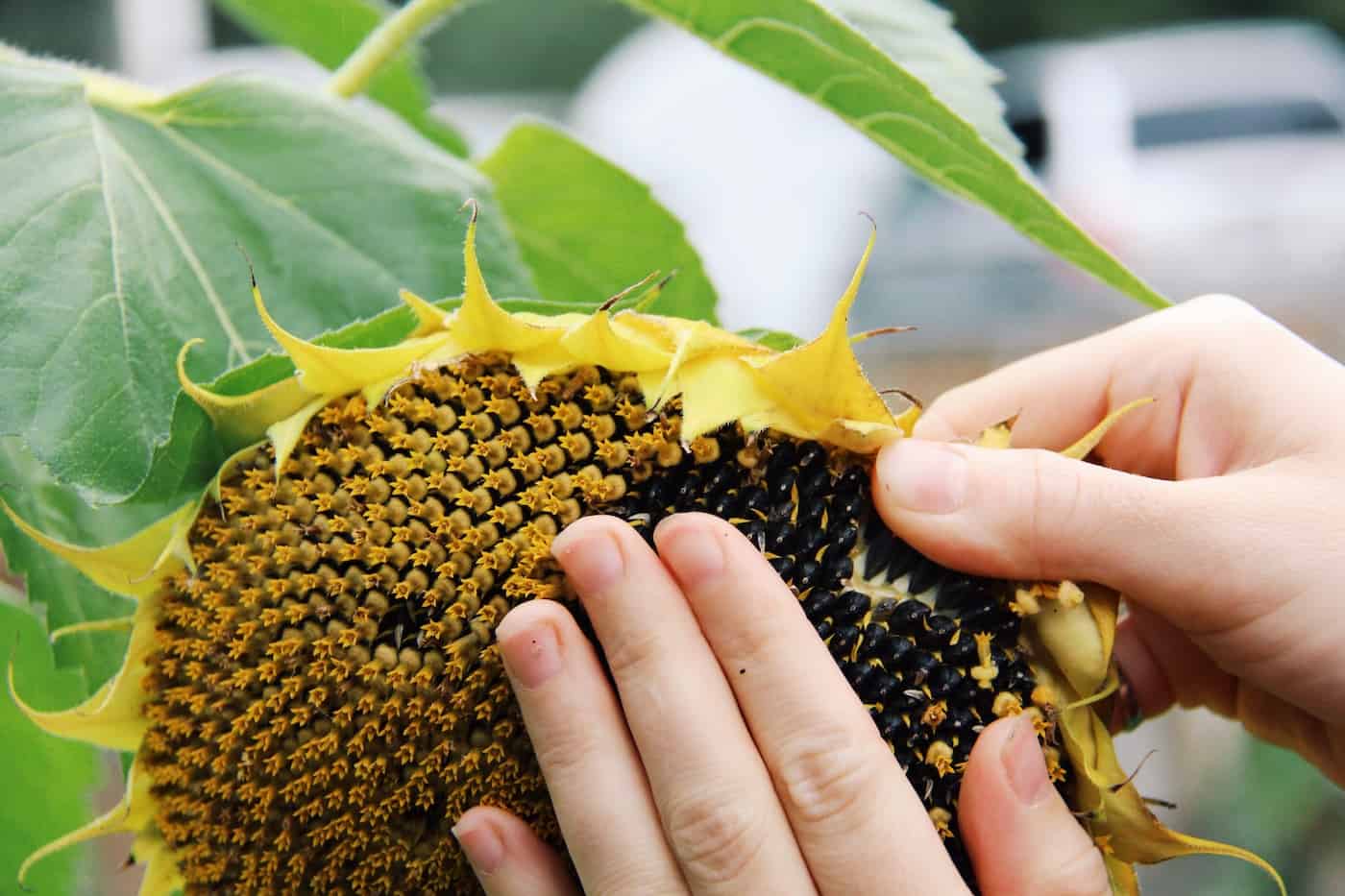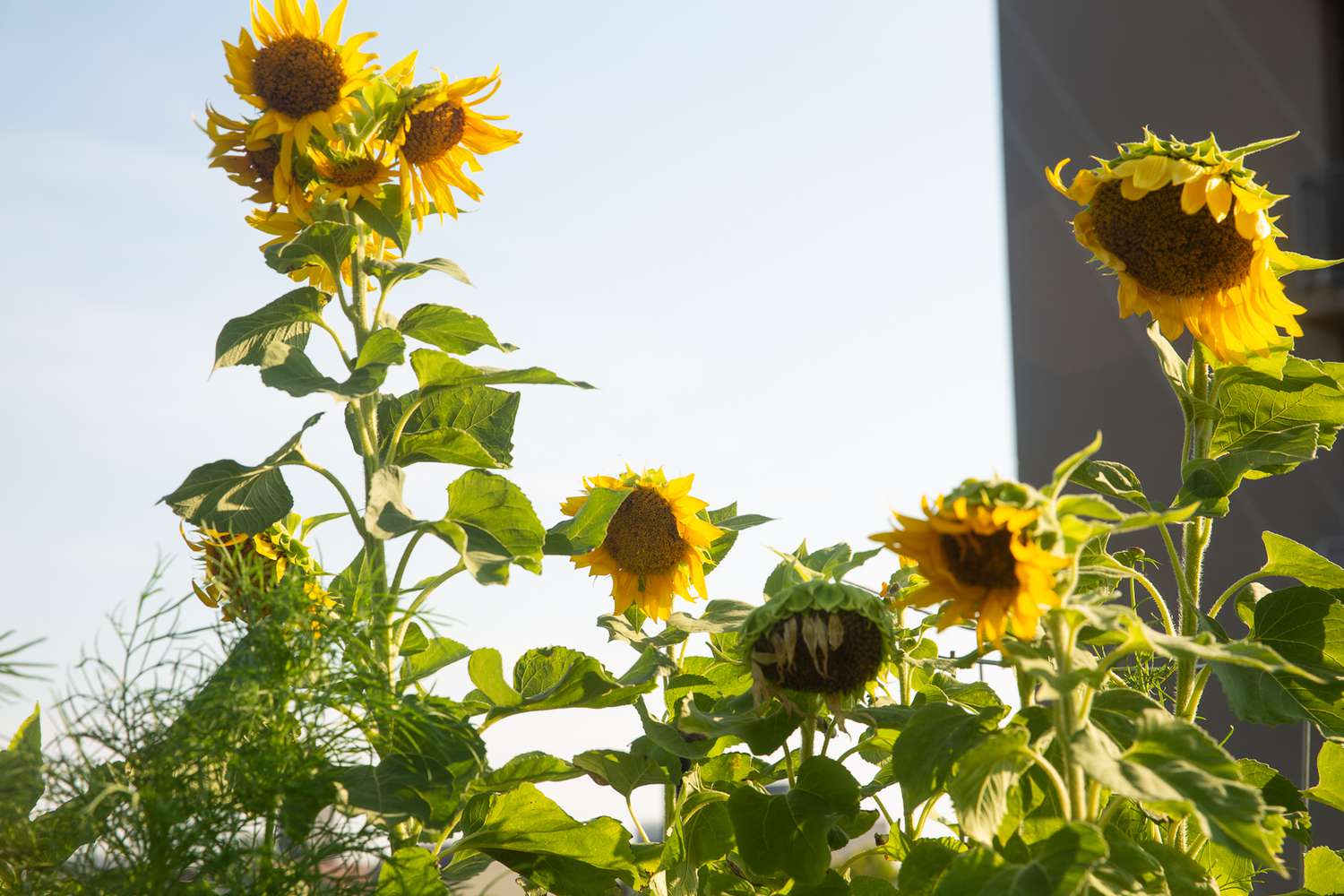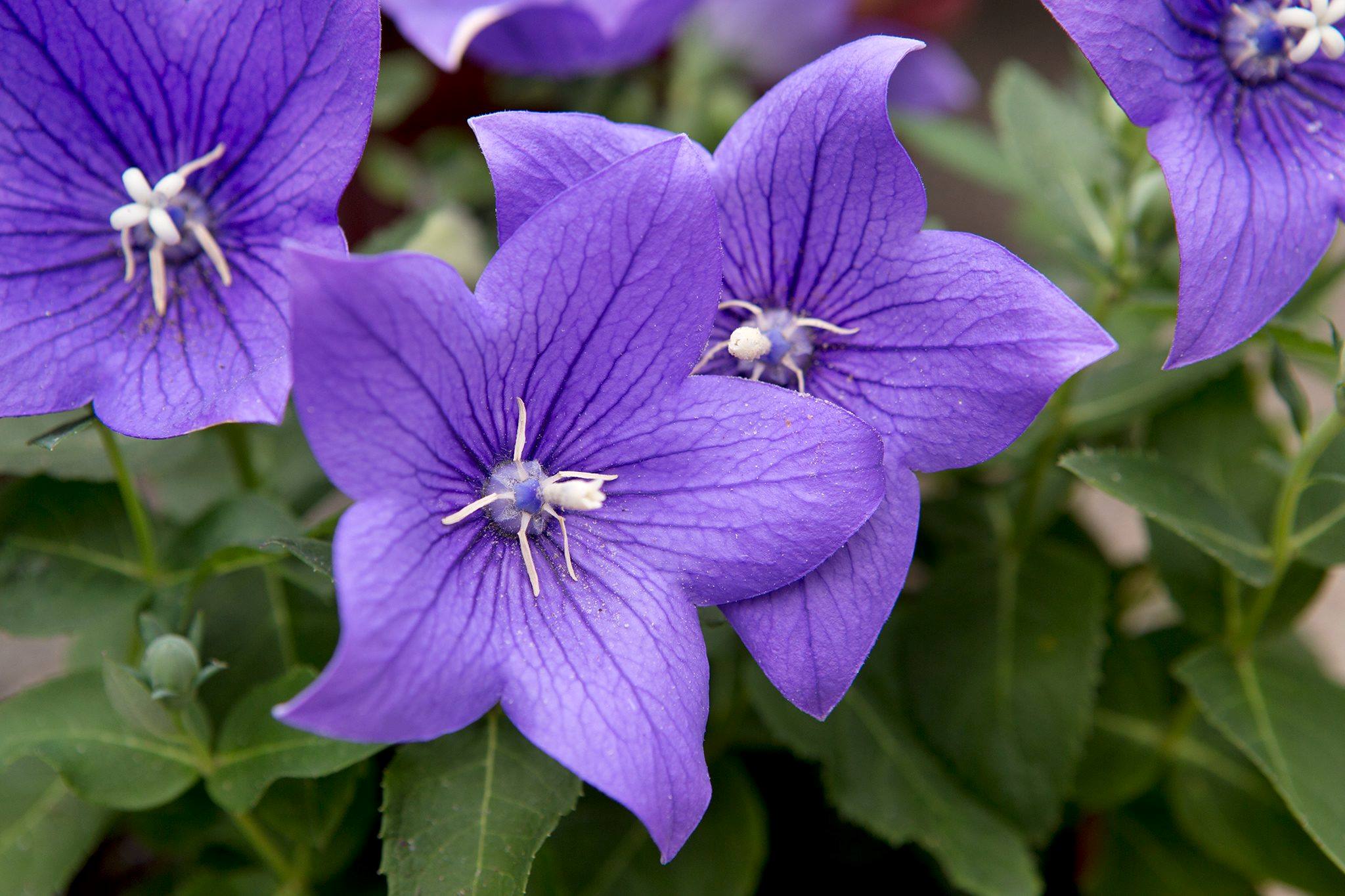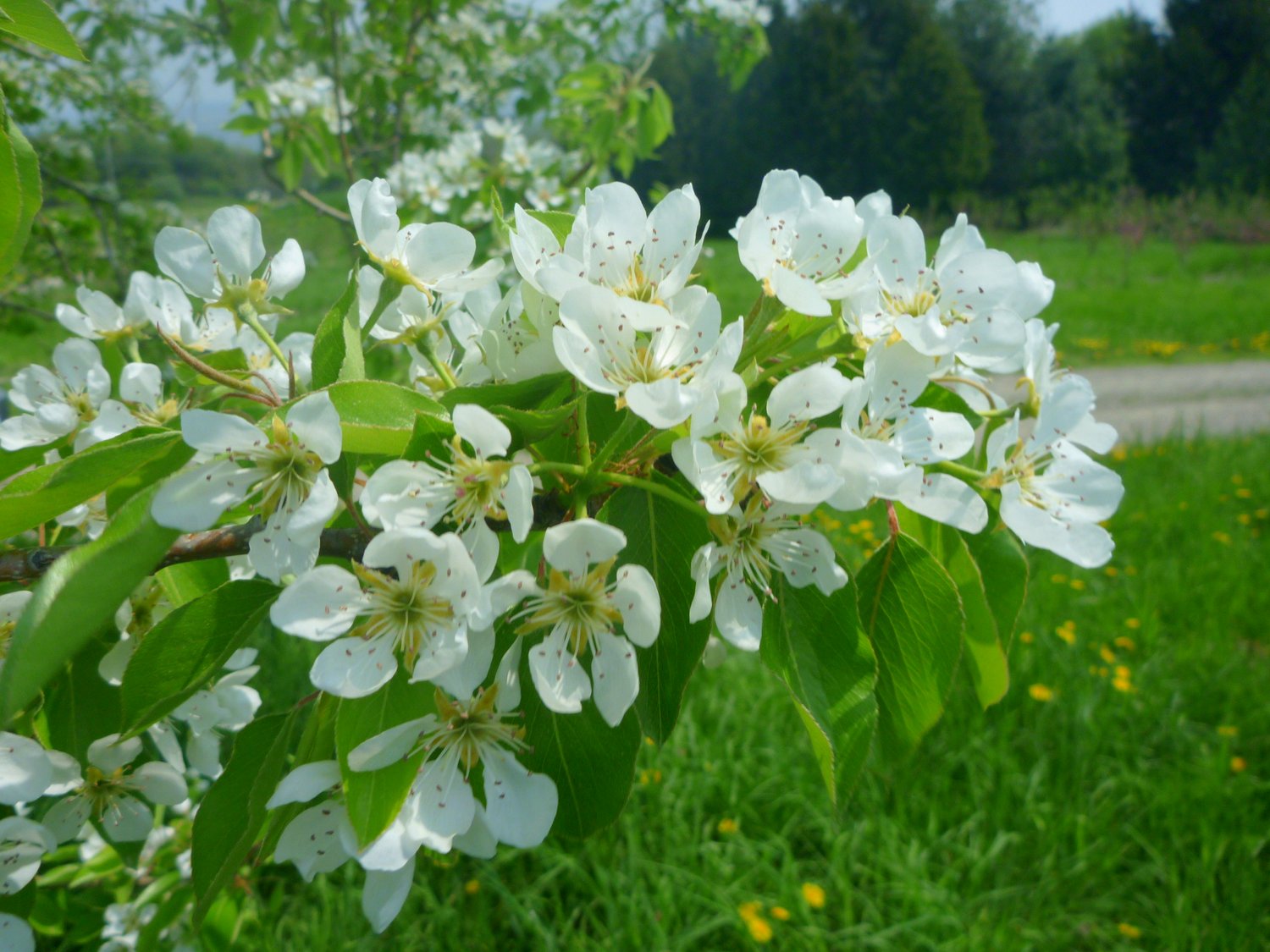Home>Types of Gardening>Ornamental Gardening>When Do Sunflowers Bloom In South Carolina
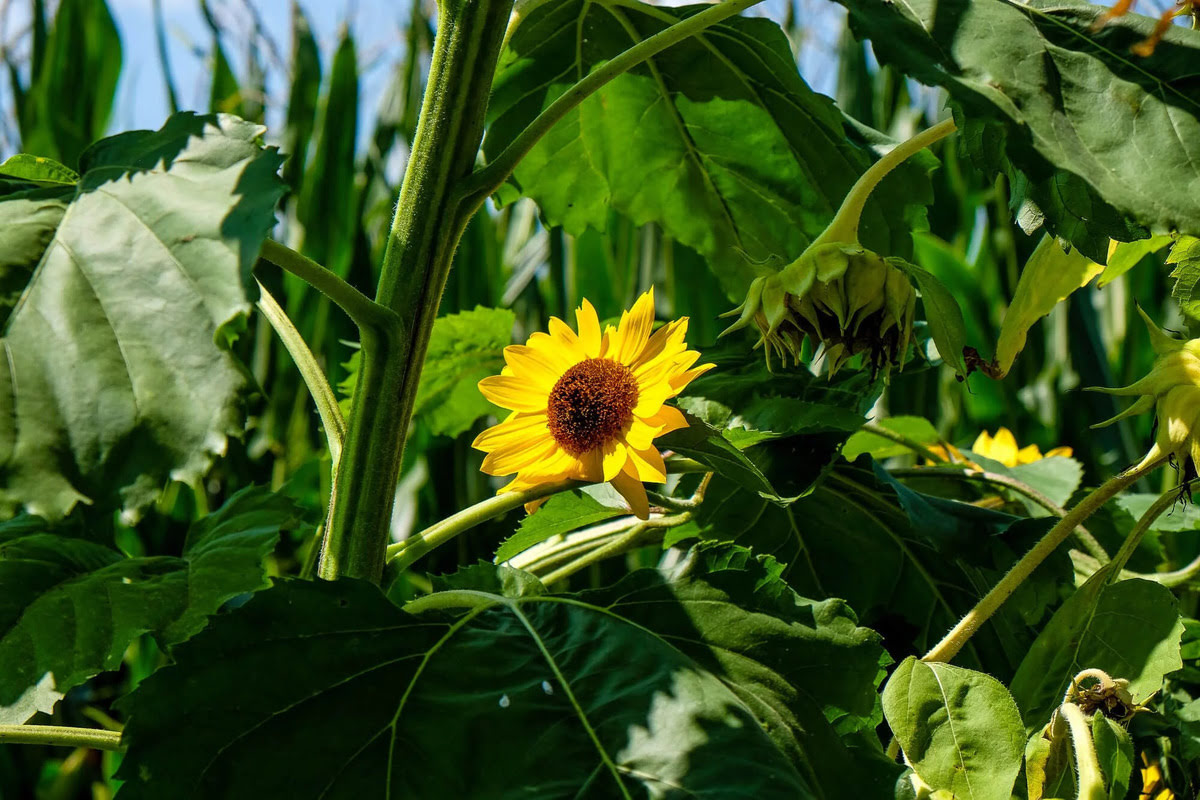

Ornamental Gardening
When Do Sunflowers Bloom In South Carolina
Modified: January 22, 2024
Discover the best time for sunflowers to bloom in South Carolina and get expert tips on ornamental gardening. Start your beautiful garden today!
(Many of the links in this article redirect to a specific reviewed product. Your purchase of these products through affiliate links helps to generate commission for Chicagolandgardening.com, at no extra cost. Learn more)
Table of Contents
- Introduction
- Climate in South Carolina
- Sunflower Cultivation in South Carolina
- Factors Affecting Sunflower Blooming
- Sunflower Varieties for South Carolina
- Best Time for Sunflower Planting in South Carolina
- When Do Sunflowers Bloom in South Carolina?
- Bloom Duration of Sunflowers in South Carolina
- Tips for Growing Healthy Sunflowers in South Carolina
- Conclusion
Introduction
Welcome to the lush world of ornamental gardening in South Carolina! If you’re a gardening enthusiast or simply appreciate the beauty of flowers, you’re in for a treat. Among the myriad of stunning blooms that grace the gardens of the Palmetto State, sunflowers stand out as cheerful, vibrant additions. With their bright golden petals and towering heights, sunflowers bring a touch of radiance to any landscape.
For those new to sunflower cultivation or considering adding these beauties to their garden, it’s essential to understand when they bloom and thrive in South Carolina. In this article, we will explore the ideal conditions, suitable varieties, and the precise timing for sunflower blooming in the state, allowing you to plan and enjoy the breathtaking display of these iconic flowers.
South Carolina’s diverse climate is characterized by long, hot summers and mild winters, making it an ideal region for gardening enthusiasts. However, specific considerations must be taken into account when it comes to sunflowers, as they have specific requirements for optimal growth and blooming.
Whether you’re a resident of the Palmetto State or simply visiting, you’ll be delighted to know that growing sunflowers in South Carolina is an accessible and rewarding endeavor. So, let’s delve into the world of sunflower cultivation and uncover the secrets to successfully growing these magnificent flowers in the beautiful state of South Carolina!
Climate in South Carolina
South Carolina experiences a humid subtropical climate, characterized by hot, muggy summers and mild winters. The state is divided into three distinct climatic regions—the Lowcountry, Midlands, and Upstate—each with its unique climate variations.
The Lowcountry, which includes coastal areas, experiences hot summers with temperatures averaging around 90°F (32°C). Winters are generally mild, with temperatures rarely dropping below freezing. The proximity to the coast also brings higher humidity levels, which can affect plant growth and blooming.
In the Midlands, which encompasses the central part of the state, summers are similarly hot and humid, with temperatures reaching the 90s°F (32-35°C). Winters are slightly cooler than the coastal regions, with average temperatures in the 40s°F (4-9°C).
The Upstate region, located in the northwest corner of the state, experiences a slightly cooler climate. Summers are warm, with average temperatures in the mid-80s°F (28-30°C). Winters can be colder, with temperatures dropping into the 30s°F (0-4°C).
South Carolina also receives a significant amount of rainfall throughout the year, with the coastal areas experiencing heavier precipitation. Rainfall is generally evenly distributed, ensuring consistent moisture levels in the soil.
All these climatic factors contribute to the overall suitability of South Carolina for sunflower cultivation. However, it is crucial to consider these climate conditions when selecting sunflower varieties and determining the best time for planting and blooming.
Sunflower Cultivation in South Carolina
Sunflower cultivation in South Carolina offers a rewarding and enjoyable experience for gardening enthusiasts. These resilient flowers are relatively easy to grow and can thrive in a variety of soil types as long as certain conditions are met.
One of the key considerations for successful sunflower cultivation is providing them with ample sunlight. Sunflowers are aptly named as they require at least 6 to 8 hours of direct sunlight per day to reach their full potential. Therefore, it is essential to choose a planting location in your garden that receives abundant sunlight throughout the day.
In addition to sunlight, sunflowers also require well-draining soil. They prefer soil that is loamy and rich in organic matter. It’s recommended to prepare the soil by adding compost or well-rotted manure before planting. This will help to improve the soil structure and provide the necessary nutrients for healthy growth.
When it comes to watering sunflowers, it’s important to strike a balance. Overwatering can lead to root rot, while underwatering can stunt their growth. A general guideline is to provide regular watering, keeping the soil moist but not waterlogged. Monitor the soil moisture and adjust watering accordingly based on the weather conditions.
Another aspect of sunflower cultivation is proper spacing. Sunflowers have a tendency to grow tall, and some varieties can reach heights of 8 to 10 feet (2.4 to 3 meters). Therefore, it’s important to allow enough space between each plant to accommodate their growth. A spacing of around 2 to 3 feet (60 to 90 centimeters) between plants is ideal to ensure adequate airflow and prevent overcrowding.
Lastly, regular maintenance is essential for healthy sunflower plants. This includes removing any weeds that may compete for nutrients and regular monitoring for pests or diseases. If necessary, you can use organic pest control methods to protect your sunflowers from these unwanted intruders.
By following these basic principles of sunflower cultivation, you can create a thriving and vibrant sunflower garden in South Carolina. With proper care and attention, you’ll be rewarded with a stunning display of these magnificent flowers.
Factors Affecting Sunflower Blooming
Several factors can influence the blooming of sunflowers in South Carolina. Understanding these factors will help you optimize your gardening practices and ensure the successful blooming of your sunflower plants.
Temperature: Sunflowers thrive in warm temperatures. They require a minimum soil temperature of around 55°F (13°C) for optimal growth. If temperatures drop too low, sunflowers may experience stunted growth or fail to bloom altogether. Therefore, it’s important to plant sunflowers during the appropriate season when the soil has warmed up sufficiently.
Daylength: Sunflowers are photoperiodic plants, which means their blooming is affected by the length of daylight hours. They tend to bloom when the days are longer, typically during the summer months. As a general rule, sunflowers require a minimum of 12 to 14 hours of daylight to trigger blooming. In South Carolina, this means planting sunflowers in late spring or early summer to ensure ample daylight hours for blooming.
Watering: Proper watering is crucial for sunflower blooming. While sunflowers are relatively drought-tolerant, they still require adequate moisture to produce vibrant blooms. However, overwatering can lead to root rot and negatively impact blooming. It’s important to strike a balance by providing regular, deep watering sessions to keep the soil moist but not waterlogged.
Nutrients: Sunflowers are heavy feeders and require sufficient nutrients for healthy growth and blooming. Prior to planting, it’s recommended to amend the soil with organic matter, such as compost or well-rotted manure, to enhance nutrient levels. Additionally, applying a balanced fertilizer at the beginning of the growing season can provide the necessary nutrients for robust blooming.
Pests and Diseases: Pests and diseases can also affect the blooming of sunflowers. Common pests that can impact sunflowers include aphids, caterpillars, and snails. Regular inspection and early intervention can help prevent infestations. As for diseases, common issues include powdery mildew and downy mildew. Proper spacing, good airflow, and avoiding overhead watering can help mitigate the risk of these diseases.
By considering these factors and implementing appropriate measures, you can create favorable conditions for sunflower blooming in your South Carolina garden. With careful attention to temperature, daylength, watering, nutrition, and pest control, your sunflowers will reward you with vibrant and stunning blooms that will add beauty and joy to your outdoor space.
Sunflower Varieties for South Carolina
South Carolina’s diverse climate and growing conditions provide an excellent opportunity to explore a wide range of sunflower varieties. Whether you’re looking for tall, towering sunflowers or compact varieties suitable for containers, there is a sunflower variety to suit every gardener’s preference.
Giant Sunflowers: If you want to create a dramatic impact in your garden, consider planting giant sunflower varieties like ‘Mammoth’, ‘Russian Giant’, or ‘Kong’. These varieties can grow up to 12 feet (3.7 meters) tall and produce massive flower heads that can reach over 1 foot (30 centimeters) in diameter.
Dwarf or Compact Sunflowers: If you have limited space or want to grow sunflowers in containers, dwarf or compact varieties are an excellent choice. Varieties like ‘Sunspot’, ‘Teddy Bear’, or ‘Little Becka’ reach heights of 1 to 2 feet (30 to 60 centimeters) and produce smaller blooms. They are perfect for adding a pop of color to small gardens, balconies, or patios.
Multi-Stemmed Sunflowers: Some sunflower varieties produce multiple flower stems from a single plant, creating a stunning display of blooms. Varieties like ‘Italian White’, ‘Florenza’, or ‘Autumn Beauty’ are known for their branching habit and produce an abundance of smaller flowers in various colors, adding visual interest and diversity to your garden.
Pollen-Free Sunflowers: If you prefer sunflowers without the messy pollen, opt for the pollen-free varieties. These varieties, such as ‘Sunrich’, ‘Elite’, or ‘ProCut’, have been bred to produce little to no pollen, making them ideal for those with allergies or for cut flower arrangements that won’t leave a colorful dusting behind.
Colorful Sunflowers: In addition to the traditional yellow sunflower, there are also varieties available in stunning shades of red, orange, and bicolor combinations. Varieties like ‘Strawberry Blonde’, ‘Autumn Beauty’, or ‘Red Sun’ offer a vibrant and eye-catching alternative to the classic yellow sunflower, creating a vibrant and unique display in your garden.
These are just a few examples of the many sunflower varieties suitable for South Carolina’s climate. When selecting sunflower varieties for your garden, consider the growing conditions, desired height, and aesthetic appeal to make the best choice. Experimenting with different varieties can add excitement and variety to your garden, ensuring a visually stunning and diverse sunflower display.
Best Time for Sunflower Planting in South Carolina
The timing of sunflower planting plays a crucial role in their successful growth and blooming in South Carolina. By considering the region’s climate and the needs of sunflowers, you can determine the best time to start planting these beautiful flowers.
In South Carolina, it is recommended to plant sunflowers in the late spring or early summer when the soil has warmed up. This typically falls between April and June, depending on the specific region within the state.
Before planting, it’s essential to wait until the danger of frost has passed. Sunflowers are highly susceptible to frost, which can stunt their growth or even kill them. In general, the average last frost date in South Carolina ranges from mid-March in the coastal areas to late April in the upstate regions.
When selecting the planting location, consider the sunflower’s sunlight requirements. Choose a spot that receives full sun with at least 6 to 8 hours of direct sunlight per day. Sunflowers thrive in warm weather and ample sunlight, so providing these conditions will ensure their optimal growth and blooming.
Preparing the soil is another important step in successful sunflower planting. Sunflowers prefer well-draining soil that is rich in organic matter. Amend the soil with compost or well-rotted manure before planting to improve its structure and provide essential nutrients.
When planting sunflower seeds, follow the instructions on the seed packet for the specific variety you’ve chosen. As a general rule, plant the seeds about 1 to 2 inches (2.5 to 5 centimeters) deep and space them according to the recommended planting distance for the variety. This allows the sunflowers enough space to grow without overcrowding.
By following these planting guidelines and considering South Carolina’s climate, you can ensure that your sunflowers have the best start. With proper timing and care, you’ll soon witness the vibrant blooms and towering beauty of sunflowers brightening up your garden.
When Do Sunflowers Bloom in South Carolina?
The blooming period of sunflowers in South Carolina largely depends on the variety, planting time, and environmental conditions. On average, sunflowers planted in South Carolina will typically bloom from mid-summer to early fall.
Once sunflower seeds are planted, they usually take around 70 to 100 days to reach their blooming stage. This timeframe can vary depending on the specific variety, as some sunflowers have shorter or longer blooming periods.
For sunflowers planted in late spring or early summer, you can expect them to start blooming in July or August in most parts of South Carolina. The exact blooming time may vary slightly depending on the region, as the coastal areas tend to have slightly earlier blooming periods compared to the upstate regions.
During their blooming stage, sunflowers display their iconic yellow petals surrounding a dark center disk. The size of the flower heads can vary depending on the variety, ranging from small to massive blooms measuring over a foot (30 centimeters) in diameter.
The blooming duration of sunflowers can vary as well. While each individual flower may only bloom for a few weeks, sunflower plants typically produce multiple flower heads on branching stems, providing a long-lasting blooming period. This allows you to enjoy the vibrant colors and beauty of sunflowers for an extended period.
As the blooming season progresses, it’s important to keep an eye on the development of mature sunflower heads. Once the petals start to wilt and fall, the center disk will begin to dry out and develop seeds. This is an indication that the sunflower has completed its blooming cycle and is ready for harvest.
By understanding the typical blooming timeframe for sunflowers in South Carolina and the specific variety you are growing, you can plan your garden accordingly and anticipate the breathtaking beauty of these radiant flowers. Whether you’re growing giant sunflowers or compact varieties, the blooming season will surely bring joy and a colorful spectacle to your garden.
Bloom Duration of Sunflowers in South Carolina
The bloom duration of sunflowers in South Carolina can vary depending on several factors, including the specific variety, environmental conditions, and maintenance practices. While each individual sunflower bloom may only last for a few weeks, the overall blooming period of sunflowers can be extended through careful planning and proper care.
On average, a single sunflower bloom typically lasts between 7 to 14 days. During this time, the vibrant yellow petals surrounding the dark center disk are at their peak beauty. The exact duration can vary slightly depending on the variety, as some may have slightly shorter or longer bloom periods.
However, the bloom duration of sunflowers can be prolonged by having multiple flower heads on a single plant. Many sunflower varieties produce branching stems that can bear several blooms. This means that even as one bloom begins to fade, new blooms can continue to open, providing a longer-lasting display of color and beauty in your garden.
To ensure a prolonged bloom duration, it’s important to provide proper care and maintenance to your sunflowers. Regular watering, especially during dry spells, can help keep the plants hydrated and encourage continuous blooming. Deadheading, which involves removing the spent blooms, can also help stimulate the growth of new flowers.
In addition, providing adequate nutrition through organic fertilizers or compost can support healthy growth and blooming. Sunflowers are heavy feeders, so replenishing the soil’s nutrients throughout the growing season will help sustain their blooming period.
Pruning can also play a role in extending the bloom duration of sunflowers. Removing side branches or lateral buds can redirect the plant’s energy to the main stem and the primary flower. This helps ensure a larger and longer-lasting bloom on each stem.
By implementing these care practices and selecting varieties with longer blooming periods, you can maximize the bloom duration of sunflowers in your South Carolina garden. The result will be a stunning and vibrant display of these iconic flowers that will bring joy to both you and any onlookers.
Tips for Growing Healthy Sunflowers in South Carolina
Growing healthy sunflowers in South Carolina requires proper care, attention, and consideration of the unique growing conditions in the state. By following these tips, you can ensure the success and vitality of your sunflower plants.
- Choose the right varieties: Select sunflower varieties that are well-suited for South Carolina’s climate. Opt for varieties that are known to thrive in the region and have a good track record of success.
- Plant at the right time: Plant sunflowers after the last frost date when the soil has warmed up. This is usually in late spring or early summer in South Carolina. Planting at the appropriate time will help prevent damage from cold temperatures.
- Provide ample sunlight: Sunflowers are sun-loving plants and require at least 6 to 8 hours of direct sunlight per day. Choose a planting location that receives full sun to ensure optimal growth and blooming.
- Ensure well-draining soil: Sunflowers prefer soil that is well-draining and rich in organic matter. Amend the soil with compost or well-rotted manure before planting to improve its texture and nutrient content.
- Water appropriately: While sunflowers are relatively drought-tolerant, they still require regular watering, especially during dry spells. Water deeply to reach the roots, but avoid overwatering, as this can lead to root rot.
- Protect from pests: Monitor your sunflower plants for pests such as aphids, caterpillars, or snails. Use organic pest control methods, like handpicking or using insecticidal soap, to prevent infestations and keep your plants healthy.
- Support tall sunflowers: If you’re growing tall sunflower varieties, consider providing support, such as stakes or trellises, to help them withstand wind or heavy rain. This will prevent them from toppling over and ensure their upright growth.
- Maintain good airflow: Proper spacing between sunflower plants is crucial to promote good airflow and prevent the growth of fungal diseases. Follow the recommended spacing guidelines for the specific variety you are growing.
- Harvest at the right time: Pay attention to the drying and maturation of the sunflower heads. Once the petals have wilted and fallen off, and the center disk begins to dry and turn brown, it’s time to harvest the sunflower seeds for personal use or bird feeders.
- Rotate planting locations: To prevent soil depletion and disease buildup, practice crop rotation by planting sunflowers in different areas of your garden each year.
By implementing these tips, you can create an environment that promotes the health and growth of your sunflowers in South Carolina. With proper care, you’ll be rewarded with vibrant blooms and the joy of witnessing these stunning flowers in full glory.
Conclusion
Growing sunflowers in South Carolina can be a gratifying and fulfilling experience for ornamental gardeners. With the right knowledge and care, you can create a vibrant and captivating sunflower garden that adds beauty to your outdoor space.
Understanding the climate in South Carolina, including the hot summers, mild winters, and ample rainfall, is vital when cultivating sunflowers. By selecting appropriate varieties and planting at the right time, you can optimize the blooming period of sunflowers to enjoy their stunning colors and graceful presence.
Providing optimal growing conditions, such as full sunlight, well-draining soil, and proper watering, ensures the health and vitality of your sunflower plants. Maintaining good airflow, protecting them from pests, and supporting taller varieties contribute to their overall growth and longevity.
Remember to choose sunflower varieties that suit your space and preferences, whether it’s the towering giants, compact dwarfs, or multi-stemmed varieties. Consider the bloom duration of sunflowers and plan accordingly to extend the period of their vibrant blooms.
By following the tips and guidelines outlined in this article, you can cultivate healthy sunflowers that thrive in the South Carolina climate. The beauty, charm, and exuberance of sunflowers will undoubtedly bring pleasure not only to you but also to the pollinators and admirers of your garden.
So, go ahead and embark on your sunflower-growing journey in South Carolina. Enjoy the process, revel in the blooming season, and embrace the natural wonder of these magnificent flowers.

